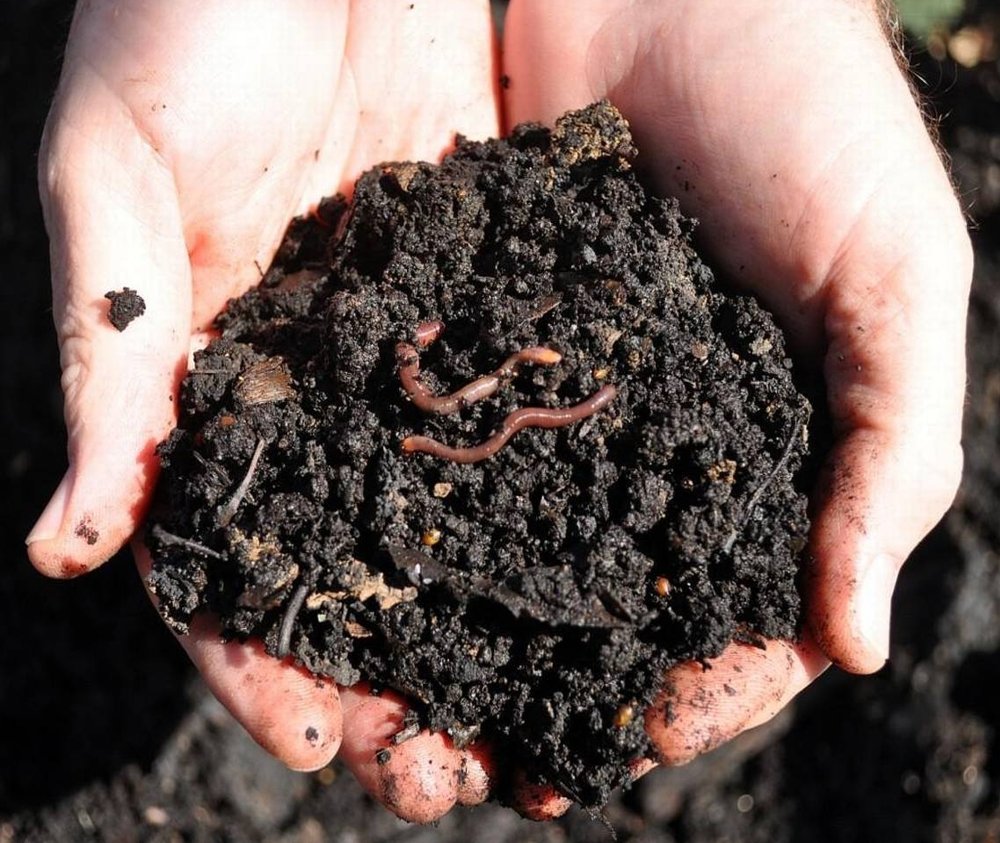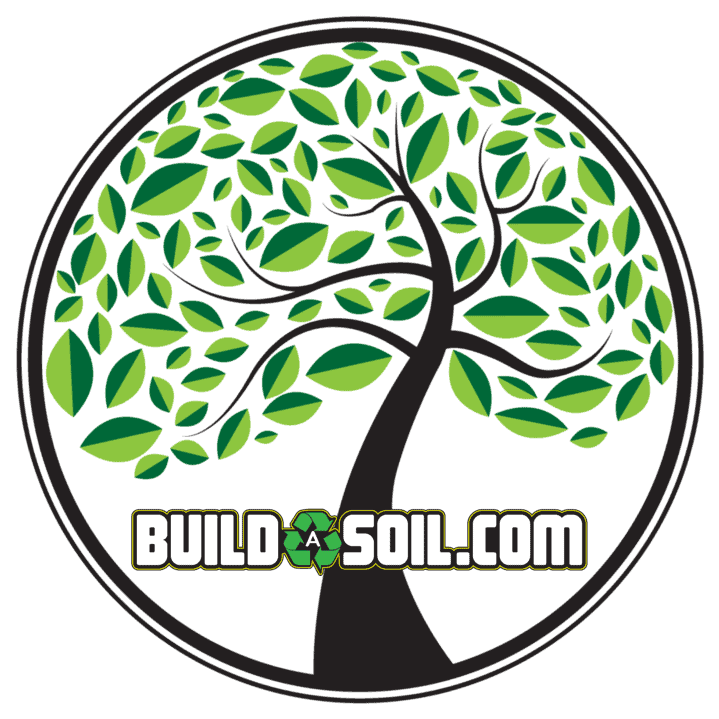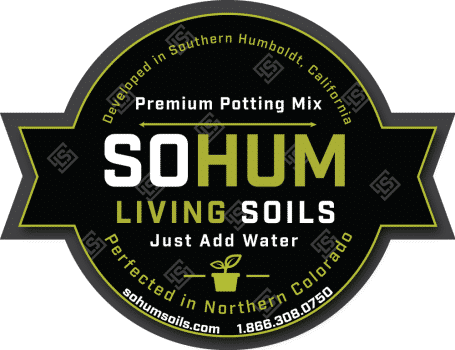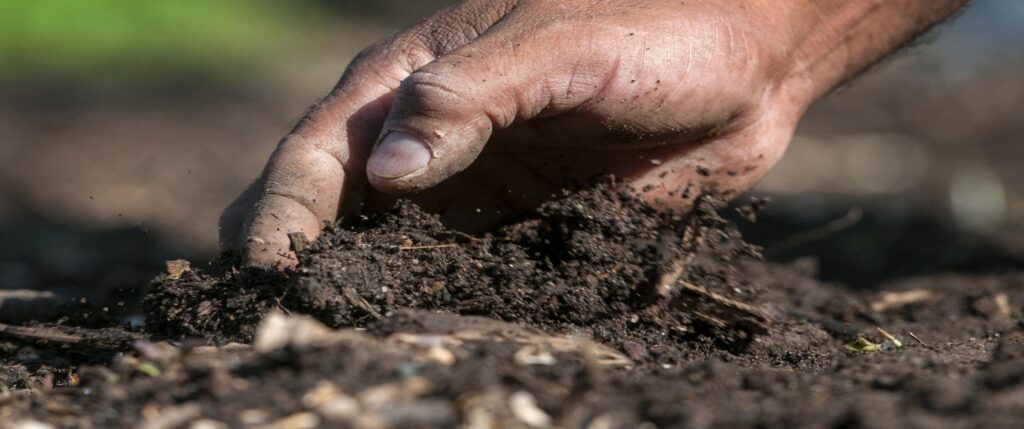No need to “soil” yourself – here’s what you need to know to keep your living soil working at its best.
Now that you’re settled on using living soil in your grow tent or garden, it’s time to learn a bit on how to maintain your soil so that you keep it for years. That’s right – you don’t throw this soil out. There is a rich diversity of macro and microorganisms living in this soil that help your plants fight disease and take up water and nutrients. These tiny plants, fungi and critters need your attention to stay healthy and keep on doing their jobs.
Living Soil FAQ
The following are some of the most common questions we get about working with living soil:
How do I know my soil is still good?
When you harvest, your soil should be dark and separate easily from the roots. It should contain no foul odors, nor be soggy.
You can have your soil tested for nutrient content. We can help you send a sample in for testing at St. Joe Hydro.
The best way to tell your soil is still fertile and active is to look at your plants. Good soil will give your plants a nice healthy green look with no deficiencies and a spread out root system.
What type and size pot should I use?
Keep in mind the final size of the plant you are trying to grow when choosing a pot to put it in. If you are starting out with one or two individual plants that will get about 4 – 6 feet tall, with up to a two foot or more diameter spread – such as a full-grown tomato, pepper or regular medicinal plant – we recommend getting a minimum 20 gallon fabric pot.
We prefer fabric or cloth pots over plastic any day of the year. Fabric breathes, meaning your roots get more oxygen, it’s easier to avoid root rot, and the roots will “air prune” – they will sense the exposed air and stop growing in that direction.
How much water do I use?
It’s commonly recommended that you water with enough water to equal about 10% of the volume of soil in your container. For example, if you are using a 10 gallon container, you will want to water with at least 1 gallon of water.
A note for fabric pots: Because fabric pots wick off water faster than plastic pots, more watering is needed. Water once to three times a week, depending on your plant’s needs. If you are keeping the plants outdoors where the wind and direct sun can pull off moisture faster, you will want to water more frequently.
Some good ways to check the moisture level in your soil – besides poking your finger into it up to the knuckle, which some growers do not like to do for various reasons – is to use plastic water indicators, digital moisture readers, or use the pick-up trick.
The pick-up trick is where you pick the container up off its base a couple of inches and determine by weight whether or not you need to water. Some soils contain heavier ingredients that make this hard to do. Others are very lightweight when dry, which are best for the pick-up method.
I use liquid fertilizers. Should I feed every time I water?
No. Over time salts and excess nutrients build up in the soil. A good plain drink of fresh clean water will flush out these excesses, keeping your plant from suffering chemical burn.
It’s recommended to only add liquid nutrients to the water an average twice a week.
Do I really need a cover crop?
A lot of growers highly recommend a cover crop, whether your grow is indoors or outdoors. Cover crops prevent weeds from popping up and help maintain proper moisture and stable temperatures in the soil, and prevent the soil from compacting.
Outdoors, cover crops protect the soil and the creatures living in it from exposure to harmful UV rays, stops erosion, and helps replenish lost nutrients in the soil.
Should I add worms/nematodes?

Both red worms and nematodes will add huge benefits to your living soil. Worms help break matter down, aerate the soil, and keep it loose. Nematodes are tiny critters that eat unwanted pests that invade your soil.
Worms and nematodes need to be introduced gently on top of your soil when the lighting is dim or before lights are turned on. Nematodes are especially light sensitive and too much exposure to bright lights will stress them out and lower their chances of survival.
You don’t have to bury them – they will dig themselves down in a few minutes by themselves.
Do I need to “flush” living soil?
Living soil doesn’t build up salts nearly as quickly as most commercial potting soils. So, no, you do not need to flush living soil.
How long does living soil last?
If you take proper care of your living soil, it should last you quite a few years. Some growers have used the same soil for their plants for as long as a decade.
How do I “re-amend” living soil?
Living soil still needs replenishment after a hard growing season, despite regular and consistent feedings. The easiest way to do this is to come over to St. Joe Hydro and we’ll hook you up with our re-amendment kit. This is our house blend of dry nutrients which contains everything you will need to put the kick back in your soil and get it ready for the next round of growing.
To use our re-amendment kit, simply follow the directions on the package for how much you need to use. Sprinkle the ingredients evenly over the surface of the soil and gently turn or mix it into the top 3 – 4 inches of soil. You may want to use gloves for this, as most raw nutrients are pretty hard on skin.
Then you will water in well and let the pots sit and rest for a couple of weeks before planting. This gives everything a chance to distribute and settle down, and gives the microbes a chance to repopulate.
All Your Living Soil needs in One Location


Come on down to St. Joe Hydro, your one-stop shop in St. Joseph for everything you need to start and maintain your living soil!
We carry the two most reliable living soil brands on the market: SoHum and Build A Soil. These soils are the easiest for beginners to handle. They contain everything you need to establish healthy living soil. All you need to do for that first season is water.
We have test kits and equipment to monitor water levels, pH, temperature, humidity and more. We also carry all the dry/liquid fertilizers and nutrients you could ever need for feeding or re-amending.
If you have any questions, feel free to swing on by the shop during open hours and one of our experts will gladly help you out!

